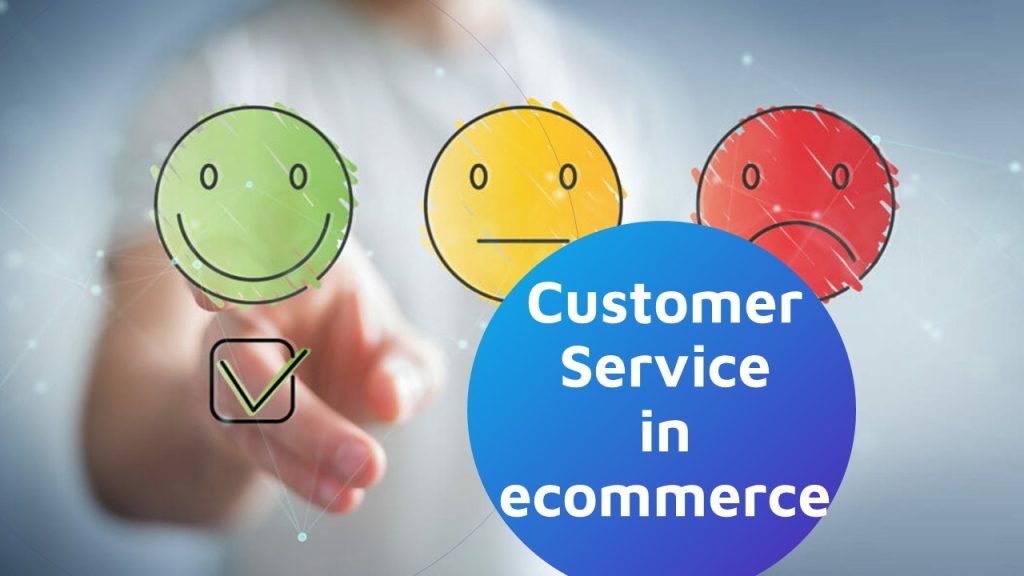AI has been on everyone’s lips for a while now, and we are just beginning to see its true potential. We have become more and more familiar with technological concepts such as the Internet of Things (IoT) and Artificial Intelligence (AI). However, today we’re taking it one step further to talk about the real revolution that is firmly stepping in: AIOT, aka the Artificial Intelligence of Things.
Artificial Intelligence of Things: The combination between IoT and AI
As its name suggests, AIoT technology refers to the combination of IoT and AI technologies. To better understand the meaning and its direct implications, let’s first briefly recall the meaning of its two components.
Internet of Things (IoT)
The Internet of Things is the technology by which any object can connect and share information and data over the Internet. Delving a little deeper into it, the IoT is a system of connected devices. Machines, objects, and even people have the ability to transfer data and information over a network without the need for human intervention.
This technology is increasingly present in different markets and industries, in our cities, and in our daily lives. This is due to a large number of options and opportunities it presents both to improve people’s lives, business environments, and productivity, as well as to boost smart cities.
Artificial Intelligence (AI)
Artificial Intelligence has become more familiar to all, even in not-so-technological sectors. AI refers to Machine Learning – automatized as well, which enables them to understand patterns, automatize tasks, predict changes, detect failures, and recognize objects, sounds, and languages.
AI is also widespread in different industries such as health, transportation, and manufacturing. There are however different types of intelligence: systems that act like humans; systems that think like humans; systems that act rationally, and systems that think rationally.
So, what is the AIOT?
The Artificial Intelligence of Things basically gives connected devices (IoT) the autonomy to analyze situations and make decisions on their own (this is where AI appears).
The objectives of the Artificial Intelligence of Things
The main objective of Artificial Intelligence of Things is to maximize the benefits of IoT by relying on AI. IoT devices generate huge amounts of data that is often unutilized – either due to volume or lack of knowledge. To make the most of all that information it’s increasingly necessary to implement AI technology in them.
With AI, systems gain the ability to self-correct, self-repair, adapt and continuously improve. This opens a huge array of opportunities to create intelligent solutions for cities, manufactures, health, and transportation among others.
In addition, AIoT offers other advantages such as its ease of use, security, and privacy.
This is where a new concept appears: Edge Computing: the device’s ability to process data, analyze situations, evaluate possible scenarios and make decisions with no need of a server located miles away.
AIOT technologies and applications
Smartphones
We can see AIOT in the technology of today’s smartphones, as they use intelligent applications that learn to respond to human interaction. Voice assistants like Alexa, Siri, and Google make a great example of this, by allowing users to make online queries, calls, or daily organization using voice commands.
Social Media, apps, and websites
The recommendation systems used by streaming platforms are based on algorithms, which are in turn based on Artificial Intelligence to analyze the user’s preferences and consumption patterns. The same happens with mobile apps when it comes to showing you the posts it considers more relevant to you first.
They generate a pattern of information about the user’s taste and, based on that, they make personalized recommendations. The same happens with emails, where social media or spam emails are spotted and sent to different folders based on certain characteristics.
Industry
When it comes to the industrial world, the opportunities are much broader: higher efficiency and productivity, lower costs, resource optimization, and even CO2 emissions minimization. We can officially talk about the Fifth Industrial Revolution, with robots replacing workers for maximum productivity at lower risk and cost over time.
The Artificial Intelligence of Things knows no size, and its cost is decreasing with time, so companies of all sizes can take advantage of its wonders.
Intelligent surveillance
The wonders of visual AI go beyond Google Lens and visual search. Intelligent security surveillance performs real-time data analysis to help detect if anything suspicious is happening in a given location. This can be very useful for homes and small businesses, which are usually frequented by the same people. Face recognition also helps draw the boundaries of privacy and security, as it is able to detect and identify subjects in a way that is beyond human capacities.
Huge dilemmas appear at this point, though: who makes the rules for autonomous machines? How will they apply that complex matter called “justice”? What makes the difference between an offender and a (very) unsatisfied customer?
Autonomous vehicles
We just couldn’t forget autonomous vehicles. The integration of radars, GPS, and cameras are used to make real-time decisions based on real-time driving conditions. Data is collected through interconnected IoT systems and Machine Learning is generated from this collection before taking a data-driven action.
The combination of IoT and AI is already able to detect the risks of driving in rainy circumstances, for example, and adapt its decisions to them: from wipers to speed, and from braking to the definition of the most convenient route.
Office buildings
IoT-connected sensors are also helping companies manage energy and lighting consumption in their facilities. These sensors are able to capture people’s movements and identify them via face recognition, which is becoming the key to ensuring security.
This is possible thanks to the real-time comparison of data and images. But AI is also being used to determine the accesses and permissions each employee has, and thus predict better office layouts to facilitate entry and exit.
And digital services are not lagging behind
While we see new smart devices every day, it is not limited to them. In fact, the digital precedes the physical. AI is based on data, and data, today, abounds.
We can see AI-based systems ranging in complexity, from Captchas and chatbots to Revenue Management Systems, image-generating tools, or AI-based lawyer services 😯 like Donotpay.
Launching a smart device any time soon?
Smart homes, offices, and cities are on the rise, with more and more connected products and services. And such proliferation is nowhere near an end. But launching a product in markets crowded with competitors calls for differentiation.
The best way to stand out from them is to provide all the information that is relevant to users. And that goes from background and lifestyle photography, to feature close-ups, video, and 3D. And if you’ve been told it’s costly and your ROI may not be the expected, you should get in touch with us.



